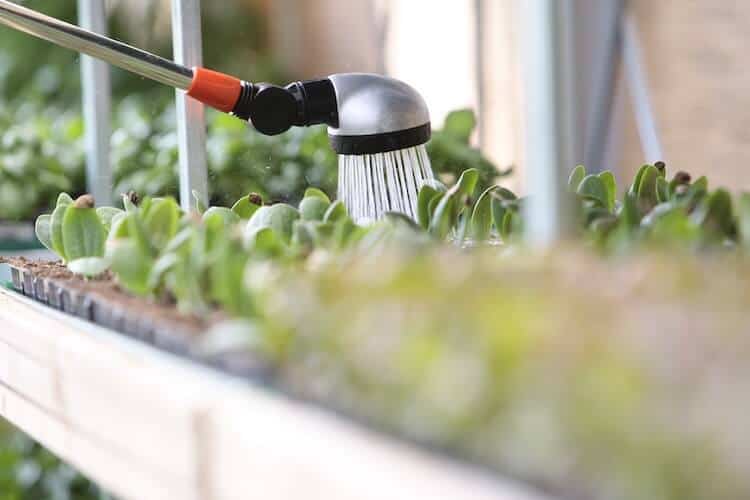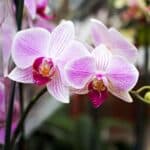How much water do plants need? There is no one-size-fits-all answer to this as it will depend on several factors.
Maintaining plants in a garden is such a pleasurable hobby, but knowing how much water your plant needs can feel like a full-time job. Plants, just like living things, need water to function, but how much is too much?
Different plants have varying needs when it comes to their water needs, based on their type, the environment, the soil type, the size, age, and lots more.
In this article, we will be discussing some of the factors that will determine how much water your plants need.
Read on to find the best watering practices for your green.
Table of Contents
How Much Water Do Plants Need?
It's crucial to ensure your plant gets enough water to reach optimum growth, but not a lot that it becomes waterlogged.
There is no general rule on how to best water your plants, but rather strike a balance. However, there are factors to be considered that will help you create a balance.
Let us find out some of these factors.
Factors That Determines How Much Water Plants Need
Below are some of the key factors that will always determine how much water your plants need to avoid underwatering or overwatering your plants.
Provide water based on the environment your plant lives
The first thing is to determine where your plant lives in the wild, then, provide water relating to that environment or ecological community.
For example, arid desert plants will be familiar with starving for a while without water, whereas humid rainforest plants are familiar with constant rainstorms and high humidity.
So, if a plant is from a warm and humid area and resides in a semi-arid area, you will need to provide a higher and constant source of water for such plants than to plants that are originals of your region.
Likewise, if you reside in a dry environment (like the deserts), you should consider supplying more water to leafing veggies and fruits bearing plants than the original plants of your environment.
If you reside in a temperate area, study the particular plant you are growing to ensure it gets enough water.
Provide water based on the seasons
During the hot season of the year (summer), when the sunlight is more severe, smaller water-loving plants might require constant watering to stay healthy.
About twice every two weeks, compared to once a month in other seasons, depending on how often the plant gets thirsty.
Tropical plants will need to stay hydrated once a week. These tropical plants are hot and humid. So ensure to keep humidity levels remain high during summer months. Most tropical ferns love moist soil but not waterlogged.
For plants in containers, especially non-draining pot, ensure not to saturate the soil completely (use just about ¼ of the pot's volume of water and wait some days for the soil to absorb water properly.
Avoid overwatering
Make use of a soil moisture meter. The most accurate means to detect the present water needs of your plant is a soil moisture meter.
Buy a moisture meter and stick it into the soil at the base of your plant. Please leave it in the soil until the indicator monitors and display the current soil readings.
The meter indicator will signify if the soil is moist, dry, or wet. Most plants will thrive if the soil is in between dry or wet.
Some meters have a scale numbered 1-10. The numbers 1 to 3 indicate dry soil, 4 to 7 shows moist, and 8 to 10 indicate wets. Many vegetable plants, such as tomatoes, tend to thrive in the 4 to 5 range.
Repeat this process, until you figure out the optimum moisture range for your plant, Once you have, work to maintain it.
Avoid Under Watering
Observe your plants to see if they are wilting or have a weird posture. Wilting plants may be an indicator of a plant suffering from the under-watering syndrome. Wilting leaves usually look weak and sagged downwards. Unlike Healthy leaves, which appear strong and firm.
Although wilting may also be a sign of overwatering, check the soil moisture to determine accurately. You can check the soil moisture by deeping the tip of your hand halfway into the soil.
Conclusion
Even the most expert gardener can still struggle to know and answer how much water do plants need.
Using the tips highlighted in this article, you can quickly solve your plant watering troubles, Constant practice, and trial in no time you will be speaking the language of your plants.
Do not water your plants on a set schedule because external factors such as extreme heat or cloudy days may affect the soil's properties instead study your plants and keeping testing until you figure them out.






Leave a Reply